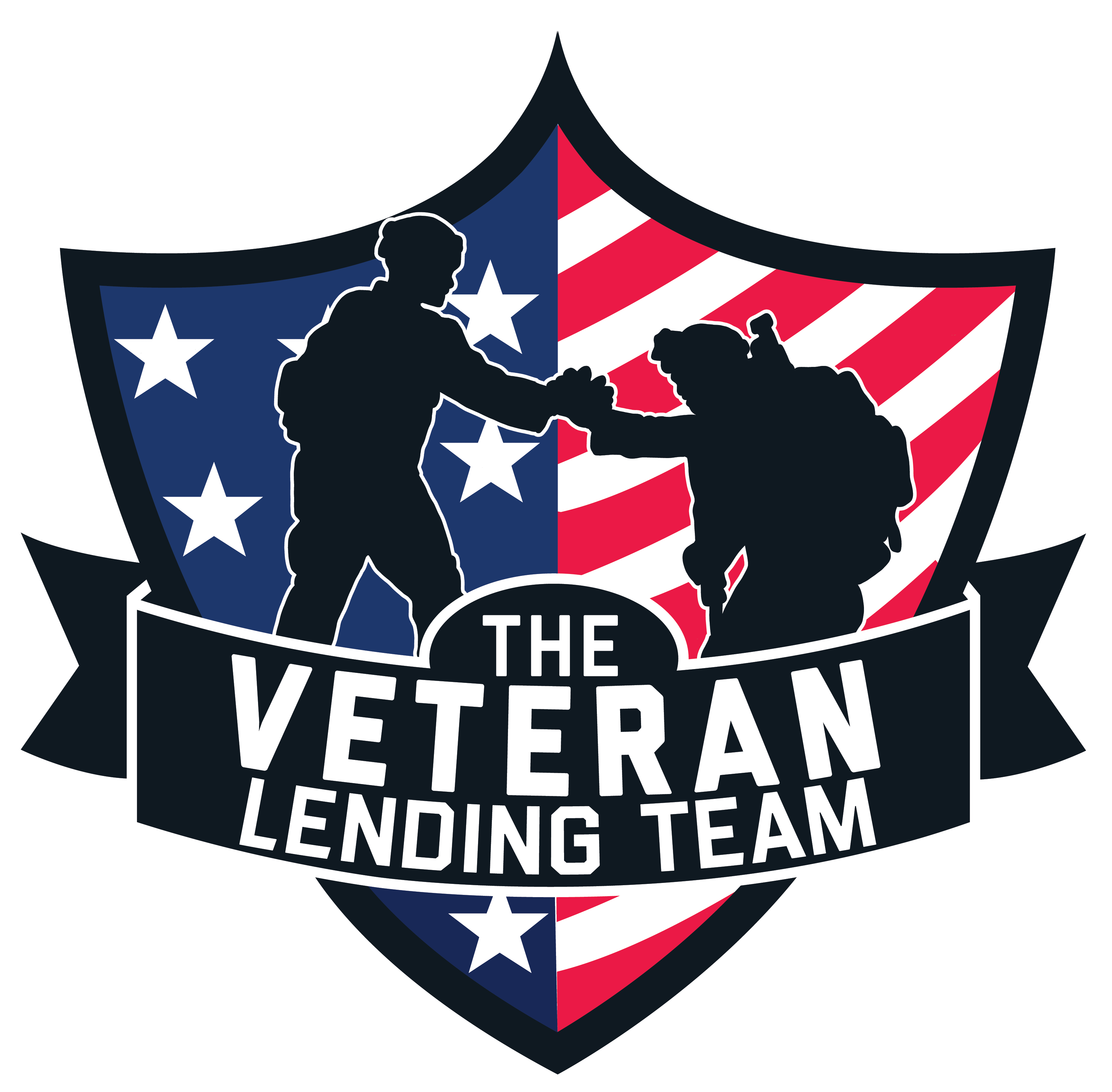Training Day 6: Building VA Loans
Introduction
Welcome to Training Day 6 of the Boots 2 Loans program. Today, we will focus on building VA loans for various borrower profiles, including active duty, retired, disabled, and reserve/guard members. We will discuss the unique features and benefits of VA loans and guide you through the process of creating VA loans for different borrower scenarios.
Understanding VA Loans
VA loans are mortgage loans guaranteed by the U.S. Department of Veterans Affairs (VA) and are designed to help eligible veterans, active-duty military members, and their families obtain affordable home financing. Some of the key features of VA loans include:
- No down payment requirement
- No private mortgage insurance (PMI)
- Competitive interest rates
- Flexible credit and underwriting guidelines
VA Loan Eligibility
To be eligible for a VA loan, borrowers must meet specific service requirements, including:
- Active-duty service members with at least 90 days of continuous service
- Veterans with at least 90 days of active service during wartime or 181 days during peacetime
- National Guard and Reserve members with at least six years of service
- Unmarried surviving spouses of service members who died in the line of duty or as a result of a service-connected disability
Certificate of Eligibility (COE)
A Certificate of Eligibility (COE) is a document that proves a borrower’s eligibility for a VA loan. Lenders require a COE before they can issue a VA loan to a borrower. Mortgage Loan Originators can help borrowers obtain their COE by guiding them through the online application process or submitting the necessary paperwork to the VA.
Building VA Loans for Different Borrower Profiles
When building VA loans, it is essential to consider the unique circumstances of each borrower. Some common borrower profiles include:
- Active Duty: Active-duty borrowers may be eligible for a VA loan with a lower interest rate due to their service status. Mortgage Loan Originators should verify the borrower’s service and ensure they meet the minimum service requirements for a VA loan.
- Retired: Retired borrowers may have additional income sources, such as military retirement pay or Social Security, that should be considered when calculating their debt-to-income (DTI) ratio and determining their loan affordability.
- Disabled: Disabled veterans may be eligible for additional benefits, such as a funding fee waiver or property tax exemptions. Mortgage Loan Originators should ensure they are aware of these benefits and incorporate them into the loan structure.
- Reserve/Guard: Reserve and National Guard members must meet specific service requirements to qualify for a VA loan. Mortgage Loan Originators should verify their service history and ensure they meet the eligibility criteria.
Conclusion
Today’s training has provided an overview of VA loans and their unique features and benefits. As a Mortgage Loan Originator, you will use this knowledge to help eligible borrowers navigate the VA loan process and obtain affordable home financing. By understanding the different borrower profiles and building VA loans to suit their individual needs, you will be better equipped to serve your clients and help them achieve their homeownership goals.
